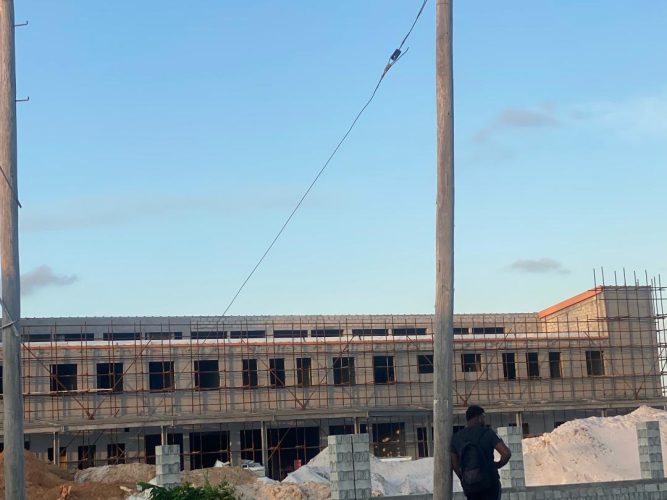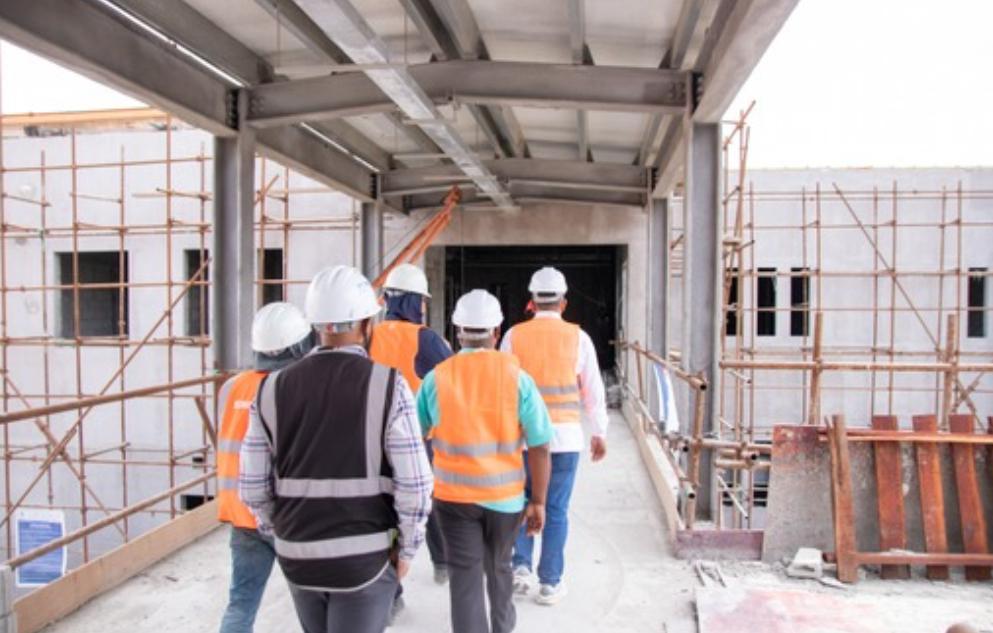The soon-to-be-completed Lima Regional Hospital, a project spearheaded by the Ministry of Health and expected to be completed by April/May 2025, will redefine healthcare accessibility in Region Two, according to Minister of Health, Dr Frank Anthony.
During his recent visit to the construction site, Dr Anthony highlighted the hospital’s upcoming role as a state-of-the-art facility poised to address the region’s growing healthcare needs and establish new standards in medical care.
Progress on the facility is on track, with core construction projected to be finished by March or April 2025. Key medical equipment, including a CT scanner, has already been dispatched to the site, to allow for a swift transition to operations once assembly and installation are completed, the minister said.

With comprehensive diagnostic capabilities, the Lima Regional Hospital will be able to provide essential services, reducing the need for patients to travel long distances. Dr Anthony explained that the hospital will employ a secure image-sharing system that connects Region Two doctors with radiographers in Georgetown, enabling efficient and expert analysis of complex scans.
“The walkthrough showed that significant progress is being made, and we are confident that the hospital will be substantially completed by March/April,” Dr Anthony remarked.
Beyond its medical services, the facility will provide a comfortable environment for patients. Every ward will be air-conditioned and equipped with ensuite bathrooms, enhancing both patient comfort and care quality.
The hospital’s impressive infrastructure will include two operating theatres, outpatient clinics, 75 inpatient beds, 24-hour emergency services, a digital x-ray suite, and a modern laboratory. As one of Guyana’s largest healthcare investments to date at $6.6 billion, it will also feature a backup power system, water treatment, and waste disposal to ensure continuous service delivery.
When it opens, the Lima Regional Hospital will be a transformative step for Region Two, addressing long-standing gaps in healthcare and delivering advanced medical care directly to the community’s doorstep, the minister said.






